You know when it is happening. You can feel it forming. You hope it is just a hot-spot. But, you know. You’re out rucking and a blister is forming.
Whether you’re prone to blisters, are breaking in some new gear, or pushing your body to the limit by rucking the GORUCK 50-Mile Star Course, it is always a good idea to know what to do if and when blisters appear on your feet.
Popping or not popping your blisters?
First off, let me advise you against popping blisters right away. You should only pop your blister if you can do so in a controlled setting.
The main reason you don’t want to pop the blister while you’re out on a ruck is that popping blisters would increase the chance of infection.
However, if you’re out rucking, or doing an event like the Star Course or a GORUCK Challenge, only pop the blister when you can do so in a controlled environment like a planned break.
If the blister pops while you’re rucking and you don’t have supplies to address the blister, be sure to keep the roof (skin) of the blister intact. Ripping it off will increase the chance of infection and expose a very sensitive skin underneath. In other words, you will regret it.
Your First Aid Kit for Blisters
Even if you wear the proper footwear and try to keep your feet happy, blisters are unpredictable. So, if you’re going out for a ruck, especially a rucking event, it would be useful to carry the following items:

- Alcohol wipe.
- A safety pin or needle.
- An adhesive bandage or duct tape.
- Moleskin fabric.
- Scissors to cut the moleskin fabric (you can always use a knife for this purpose).
- Antibiotic ointment.
After sterilizing your needle or safety pin with alcohol, pierce the blister gently and drain the fluid. Apply the antibiotic ointment. Then, cut a small moleskin fabric with a hole in the middle and place it around the blister. A second moleskin fabric will cover the whole thing, and then you will wrap it up with an adhesive bandage or duct tape.
If you don’t want to bother rounding up all this gear, GORUCK sells a $9 blister kit that is pretty nice (and has free shipping).
Blister Care After Your Ruck
Once your ruck is over, you can relax and let your feet rest. Duct tape and adhesives are no longer needed.
Keep your feet bare as much as possible and use foot powder to keep it clean and dry.
You may want to apply some antibiotic ointment three times a day to prevent infections, but you should be ready to go in a few days. However, don’t force yourself into another rucking session if your blisters are not completely healed.
Blister Prevention
This article covered what to do when you get blisters during your ruck. As for prevention, that’s a post we’re still working on. Till then, we’ll just say Injinji and Trail Toes.

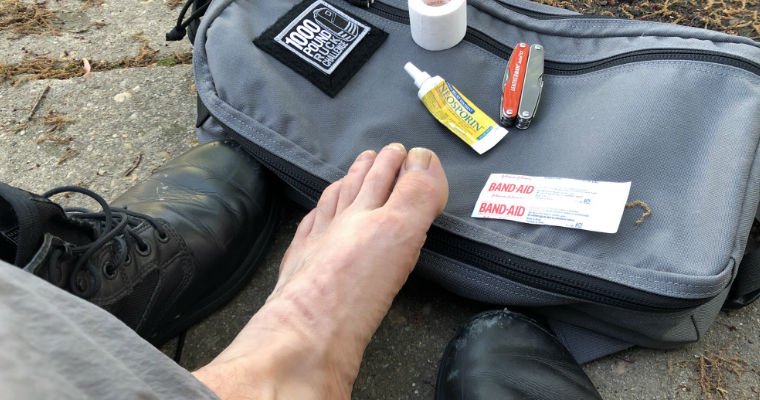
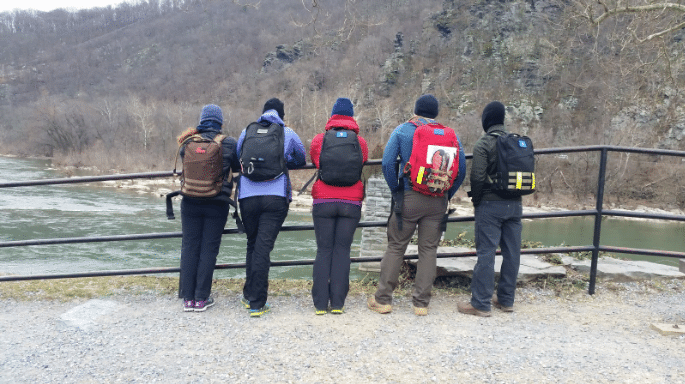
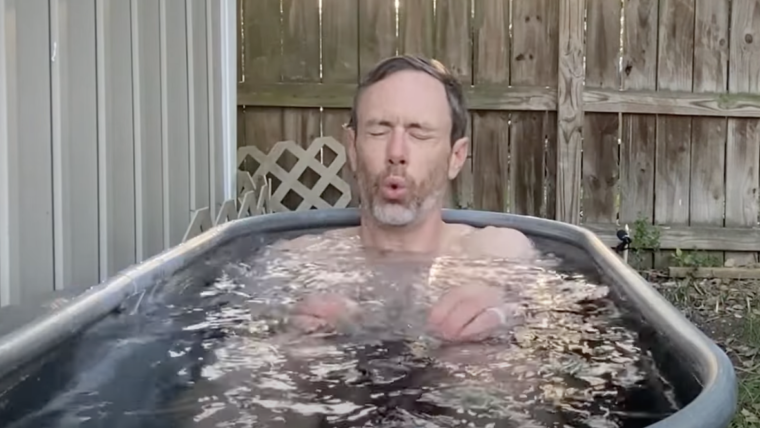
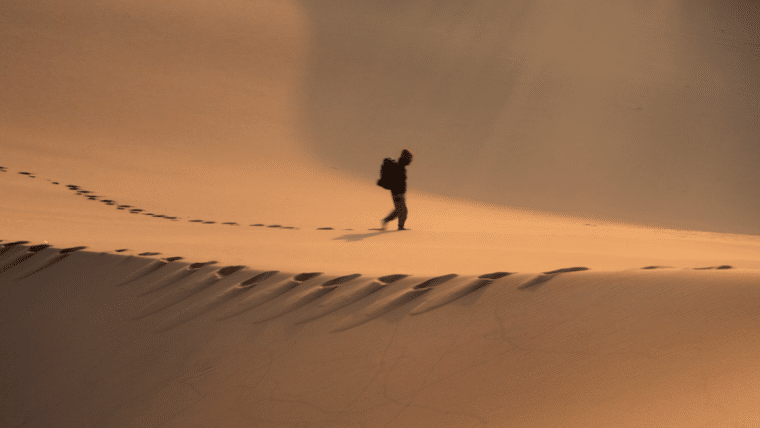
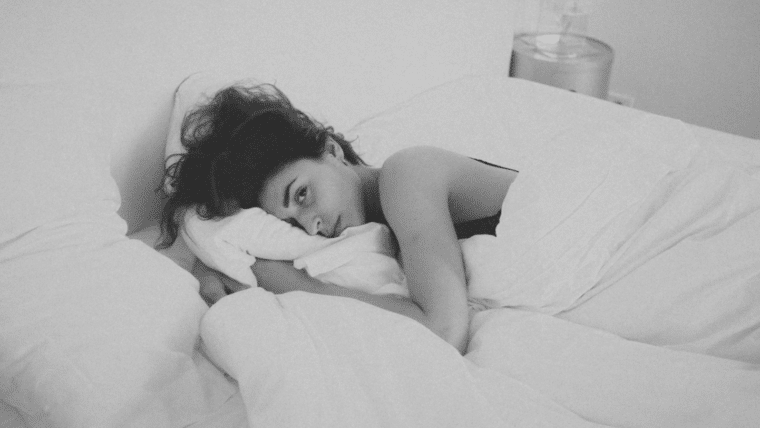
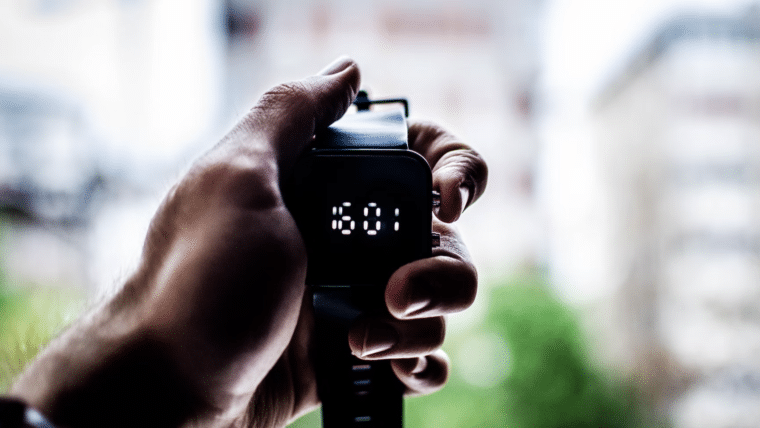
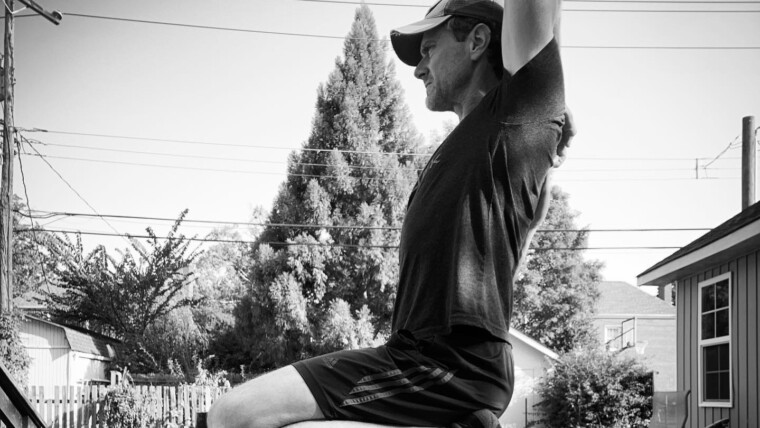
One Reply to Caring for Blisters During and After a Ruck
Comments are closed.
What are the Best Shoes for Rucking?
Best Rucking Gear on Amazon.com
Rucking for Beginners: A Complete Guide to Getting Started
Best Rucking Backpacks List
What is Rucking?
Is Rucking Better Than Running?
Best Rucking Backpacks List
How Many Calories Do I Burn Rucking?